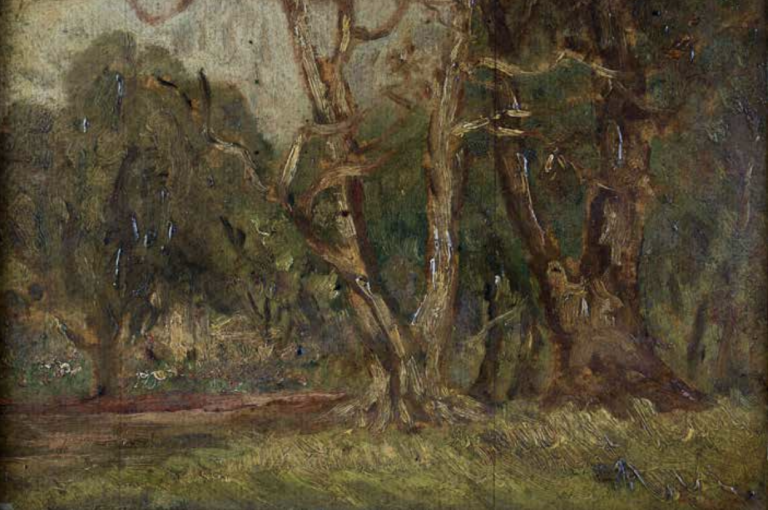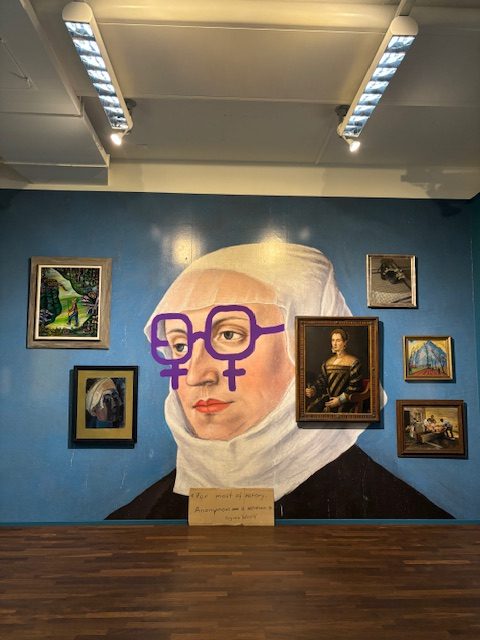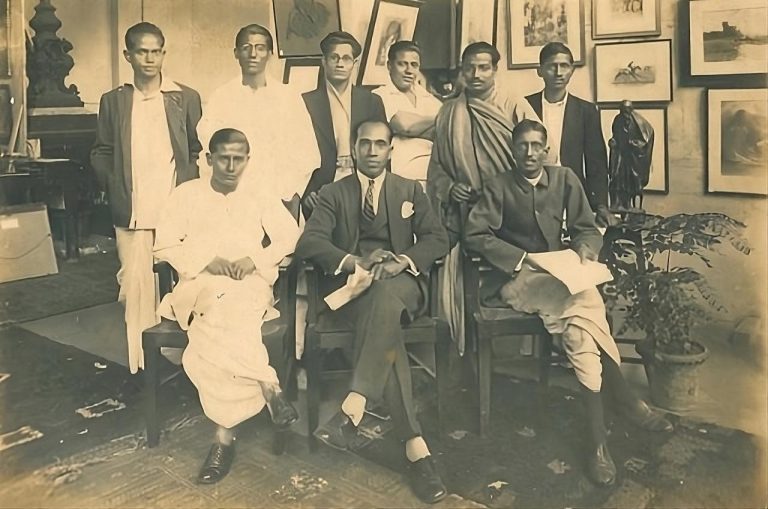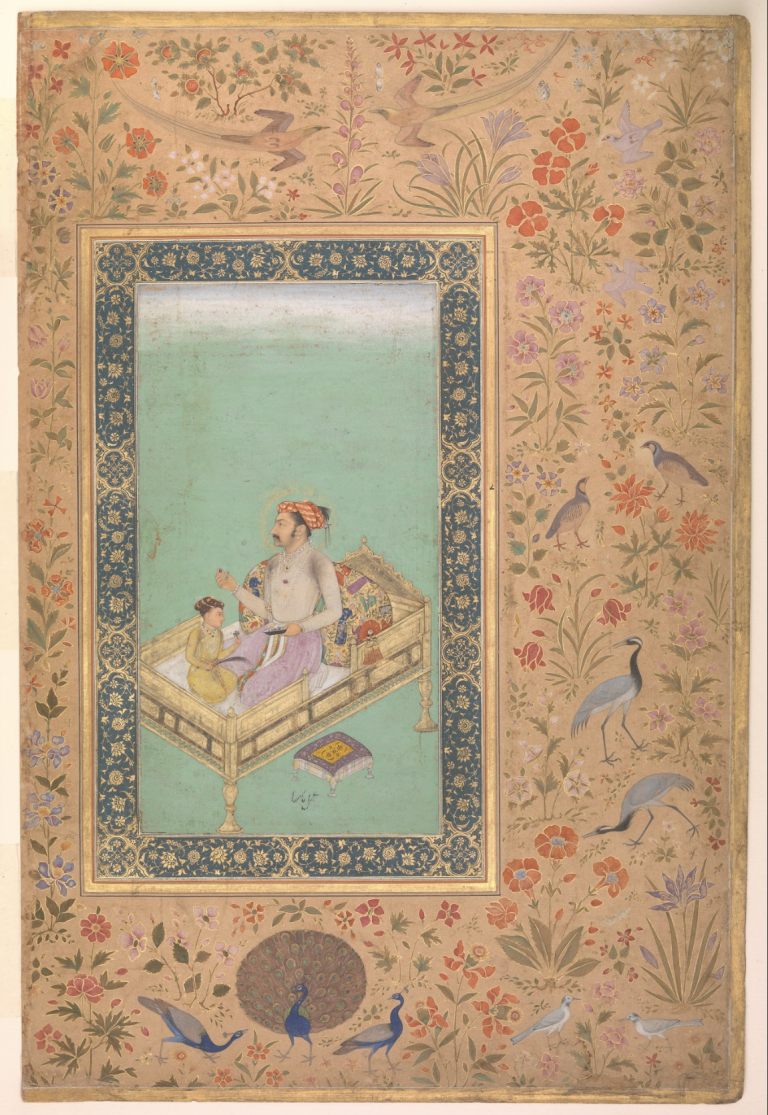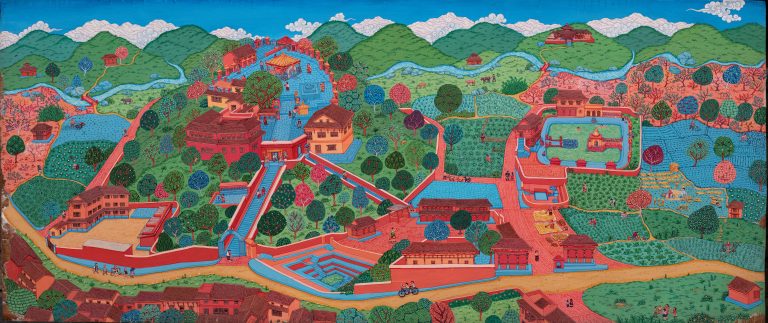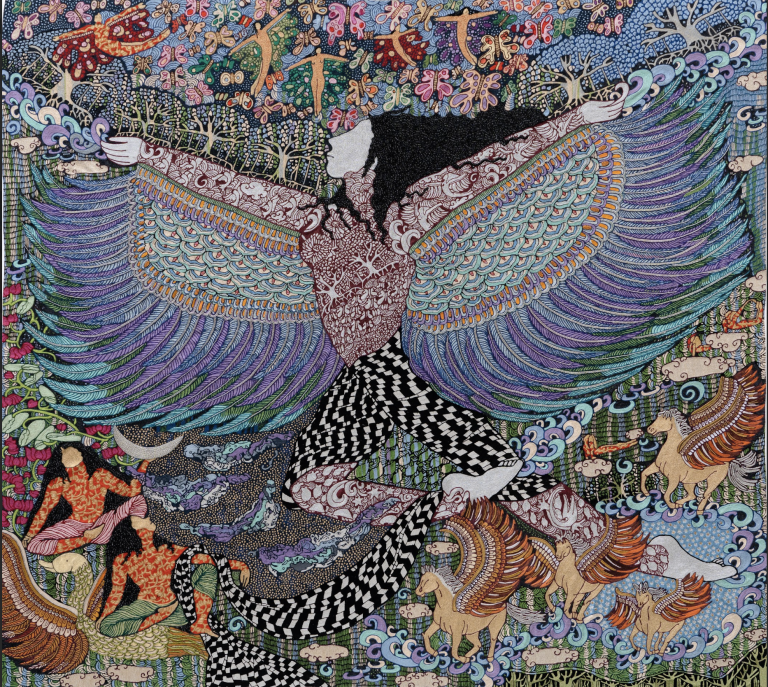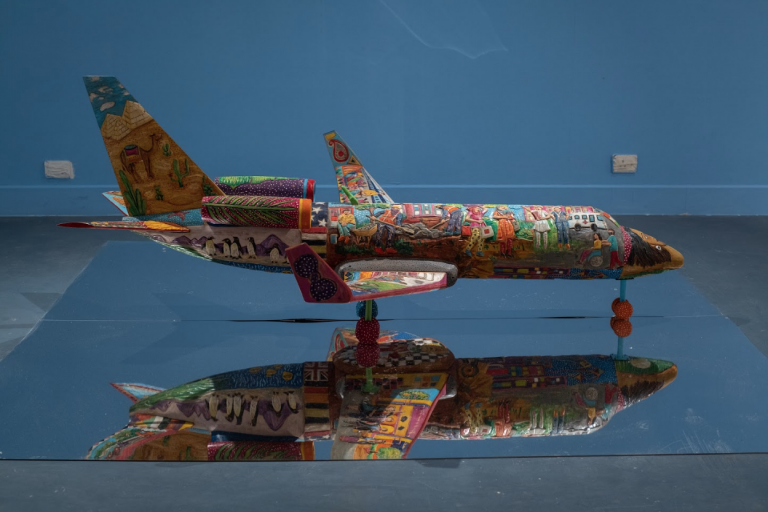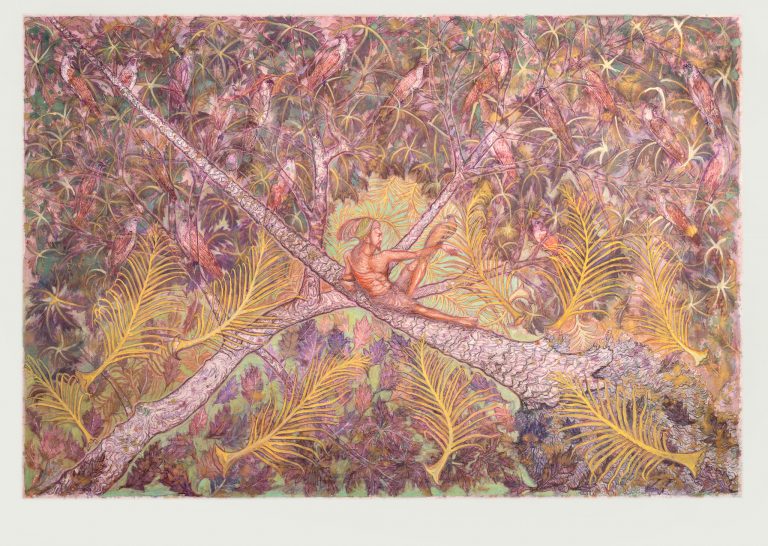THE REBEL AND THE RECLUSE: GOBARDHAN ASH (1929-1969)
Navigating through the gallery space of the Kolkata Centre for Creativity (KCC), Kolkata, was overwhelming for visitors as around 100 odd artworks of Gobardhan Ash (1907-1996) emerged slowly as visceral experiences around them. The Gobardhan Ash Retrospective Exhibition (1929-1969), archived and documented by Princeps, curated by Brijeswari Kumari Gohil and Harsharan Baksh and housed by the KCC, displayed Ash’s artworks that came out of the most creative four decades of the artist’s life. The artworks were supported by a well-organised timeline (across an entire wall) to help the viewer understand Ash’s growth as an art practitioner as he journeyed across forms, locales and institutions.
Read More





